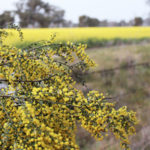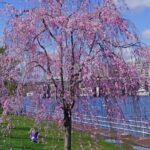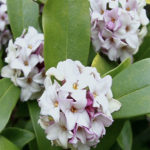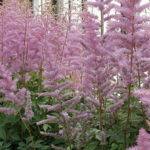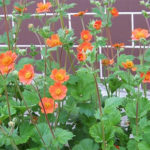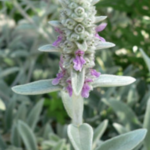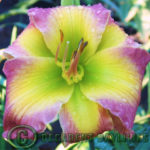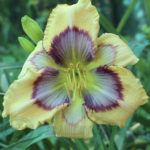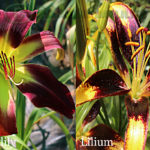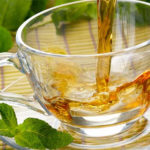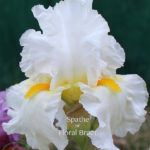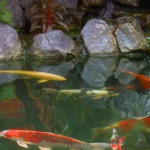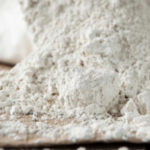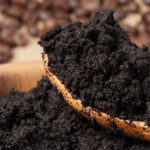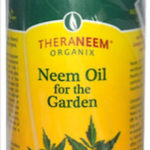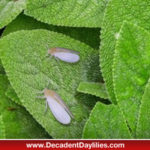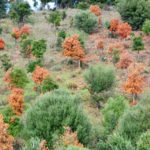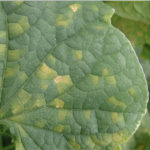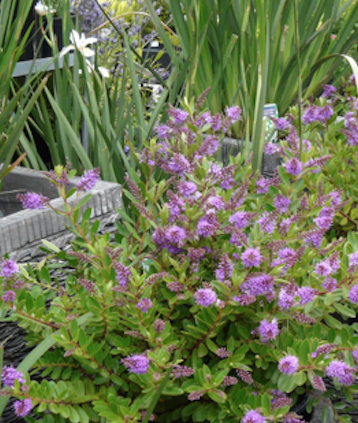
Best Tips Taking Care Hebe Plant
Best Tips Taking Care Hebe Plant
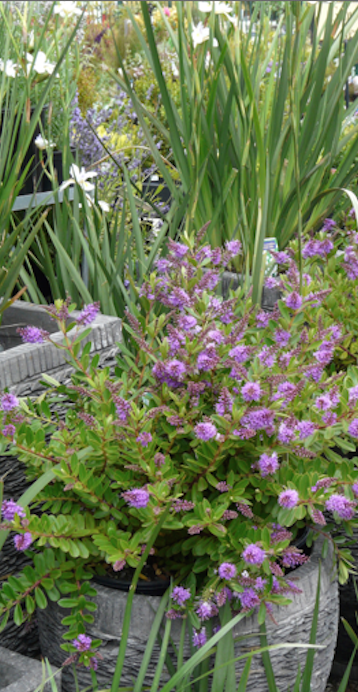 What is the Hebe Plant? Hebe is a genus of evergreen shrubs that belong to the Scrophulariaceae plant family. It contains over 100 species and is native to Rapa in French Polynesia, the Falkland Islands and South America. They are, however, mainly indigenous to New Zealand and the highest concentration of this genus can be found there. The name of this genus is taken from the Greek goddess of youth, Hebe. Some botanists group this plant in the Australian genera called Veronica with the nickname – shrubby veronica but this is now mostly considered to be an incorrect assignment. Since this flower naturally occurs in such a similar environment it is no surprise that many gardeners in Australia use this perennial in their home gardens. They are also cultivated because of their great variety in foliage. The Hebe plant has two distinct foliage groups. One foliage group has opposite pairs of oval shaped leaves that orient 90 degrees to each other which lend to great textural looks that gardeners love to play and create with. The other foliage group has flattened, scale like leaves that are also intriguing textually with leaves and blooms that grow in a variety of colours ranging from white through pink to deep purple and crimson, because of this great variety many gardeners can cultivate this plant and have uniquely designed gardens.
What is the Hebe Plant? Hebe is a genus of evergreen shrubs that belong to the Scrophulariaceae plant family. It contains over 100 species and is native to Rapa in French Polynesia, the Falkland Islands and South America. They are, however, mainly indigenous to New Zealand and the highest concentration of this genus can be found there. The name of this genus is taken from the Greek goddess of youth, Hebe. Some botanists group this plant in the Australian genera called Veronica with the nickname – shrubby veronica but this is now mostly considered to be an incorrect assignment. Since this flower naturally occurs in such a similar environment it is no surprise that many gardeners in Australia use this perennial in their home gardens. They are also cultivated because of their great variety in foliage. The Hebe plant has two distinct foliage groups. One foliage group has opposite pairs of oval shaped leaves that orient 90 degrees to each other which lend to great textural looks that gardeners love to play and create with. The other foliage group has flattened, scale like leaves that are also intriguing textually with leaves and blooms that grow in a variety of colours ranging from white through pink to deep purple and crimson, because of this great variety many gardeners can cultivate this plant and have uniquely designed gardens.
Caring for your Hebe plant.
The Hebe plant is not difficult to care for and with a little dedication you are sure to yield great growth results throughout the summer. The use of cutting may be the best or easiest way to propagate these perennial shrubs. Hebe plants thrive well in many different soil conditions from acidic to alkaline but any soil you plant it is very important that the soil has close to perfect drainage. The use of heavy clay is not recommended due to the potential for water logged conditions in the winter but adding organic matter to it and light sandy soils can improve this condition. These plants do well in full sunlight with a little bit of filtered shade in the afternoon and they require shelter from strong winds. If you plant these in an area with full shade they will not flower and will grow leggy. A regular summer watering schedule is recommended as over watering can lead to diseases and under watering can lead to dry outs.
The Hebe plant usually only requires fertiliser once a year during late winter to increase flowering and better foliage colour later on. It is best to start lightly pruning these shrubs in spring or after their showy and attractive bottlebrush flowers have finished flowering, their beautiful flowers, in no doubt attract the bees and butterflies to your garden
What Diseases May Affect Hebe plants?
Like other perennials, Hebe is susceptible to some plant pests and diseases. One of the most common disease is dieback. Dying back is mostly caused by some form of fungi and some bacteria may also bring about dieback. This disease is characterised by a plant’s twigs, branches, shoots, or roots progressively dying off starting from the plant tip. Another disease that affects Hebe is Phytophthora which is a plant damaging genus of Oomycetes. This affliction causes root and stem rot in Hebe plants. Most diseases that attack Hebe plants can be simply prevented with clean and regular care practices. This photo was taken at a popular Bendigo nursery in Victoria.



